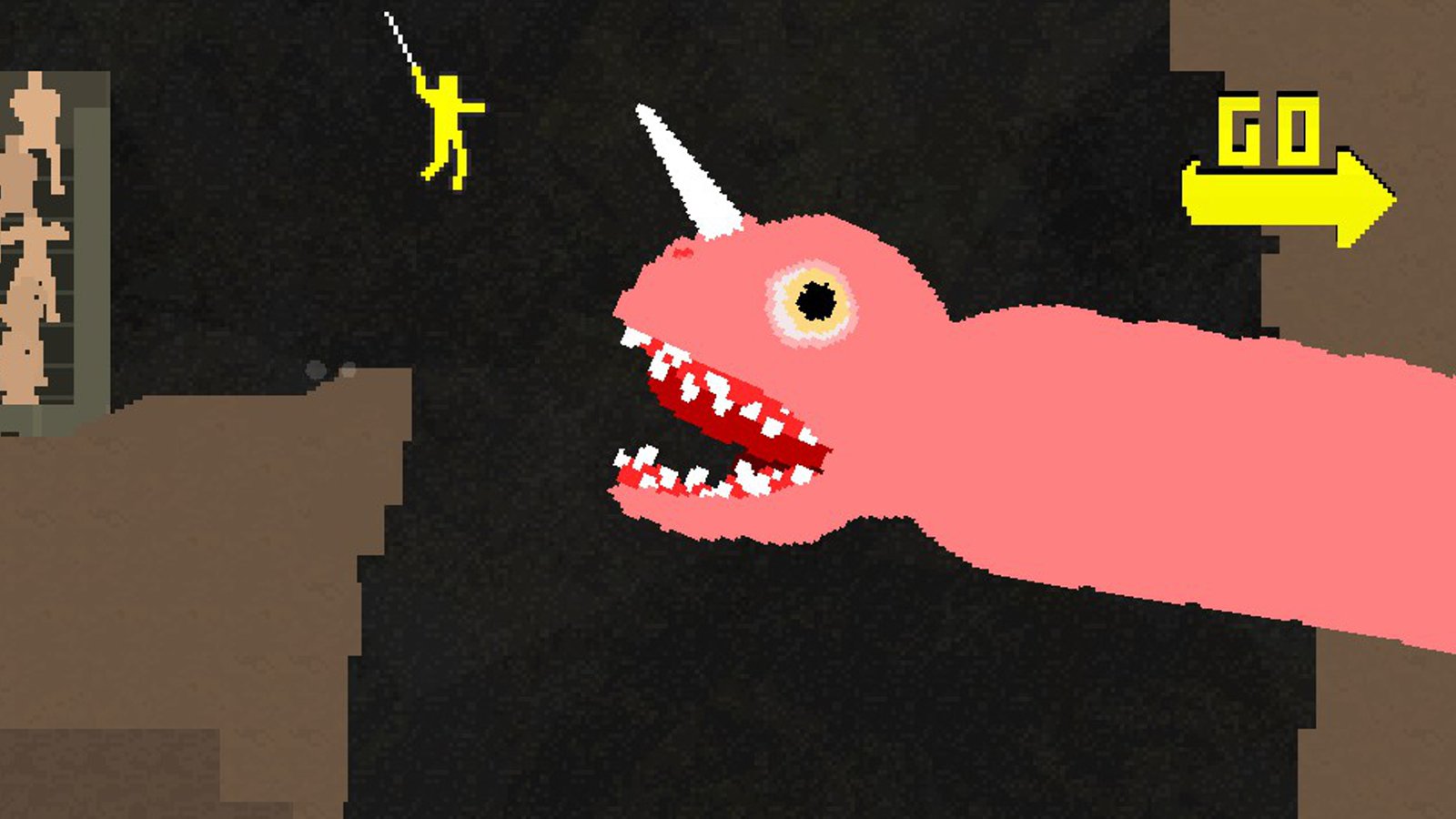When the major game franchises moved from 2D to 3D (e.g. Grand Theft Auto 3) it seemed like 2D games might be dead. But with the recent explosion of indie games, and the emergence of mobile gaming, 2D is back on the rise.
What I like about 2D games are the different art styles. Here are the main types.
The art style which refuses to die. Even though pixel art was originally created out of necessity due to the limitations of old games consoles, many modern indie designers have co-opted the visual style.

The reasons people use pixel art are:
However, there are reasons not to use pixel art. In this article a game designer talks about his reasons for moving away from pixel art.
Cel shading is a method of rendering a 3D model to look cartoony, rather than photorealistic. It’s characterised by having little or no gradients. The impression of 3D is created through layers of solid colour.
Here’s a screenshot from a famous cel shaded game, The Legend of Zelda: The Wind Waker (image source):

Cel shading gets it name from traditional animation, where ‘cel’ refers to the celluloid sheets which were painted on. This is an animation cel from Alvin and the Chipmunks:

When a game is referred to as cel shaded, it means it’s a 3D game which is rendered in this way. The cel shading look doesn’t have to come from a 3D model though - it can be emulated in 2D, taking inspiration from traditional animation.
Here’s an example of some nice cel shading which was done digitally (image source):

I’m a big fan of cel shading. The images are crisp and clear, and even though it is slightly retro because it imitates traditional animation, it looks great on modern, high resolution screens.
This is the style that most modern Nintendo games use. The textures are highly detailed, and even though the elements are cartoony they’re rendered in a realistic way.

If someone was shown this in the 80s while playing the original Super Mario Bros, I’m sure they’d be amazed.
The flat aesthetic doesn’t use any 3D elements. Each sprite looks like a paper cutout. Nidhogg is a good example of this aesthetic:

I still see this art style quite often.
The aesthetic uses primitive shapes - squares, rectangles, lines etc, often in acid / neon colours on a black background. It’s a super retro aesthetic - almost pre-pixel art. It does look good though.
You see this most often in ‘bullet hell’ style games, like Geometry Wars:


Dan Townsend
30/1/2016
Show comments